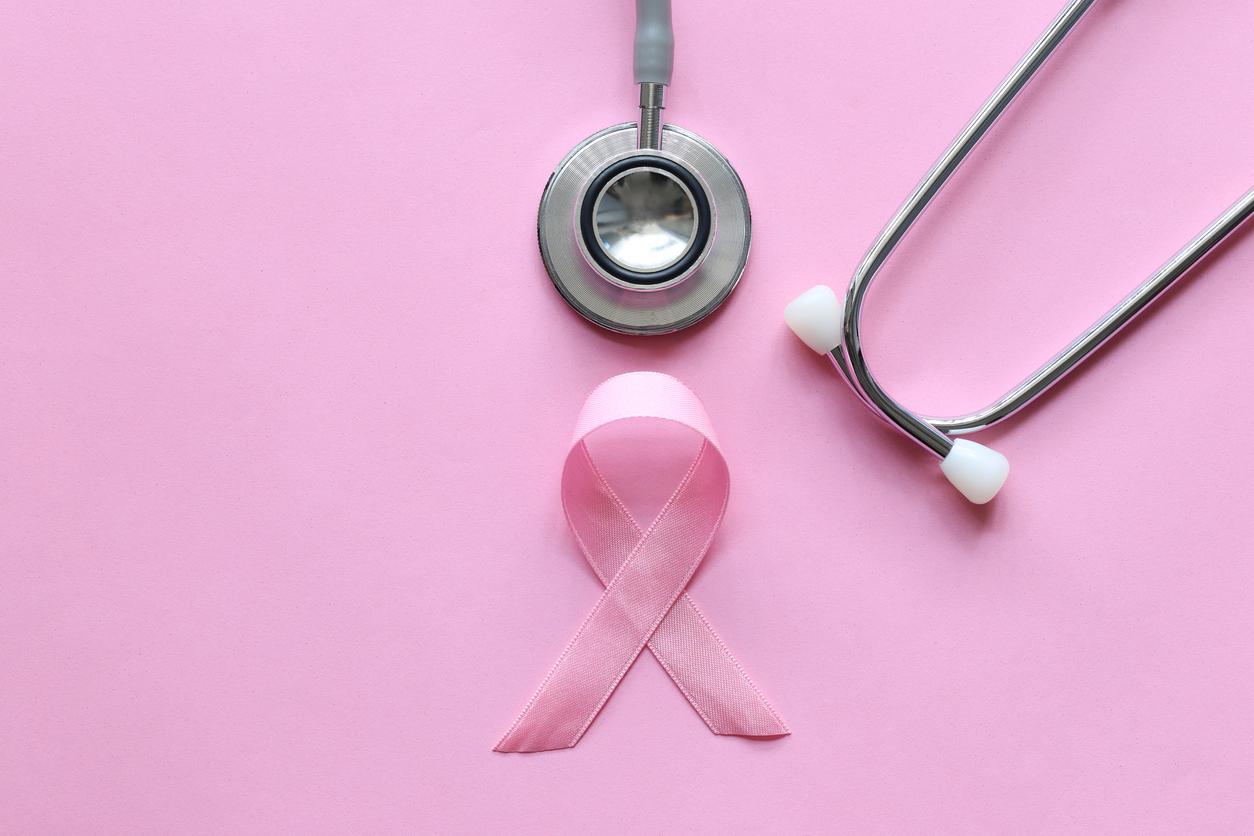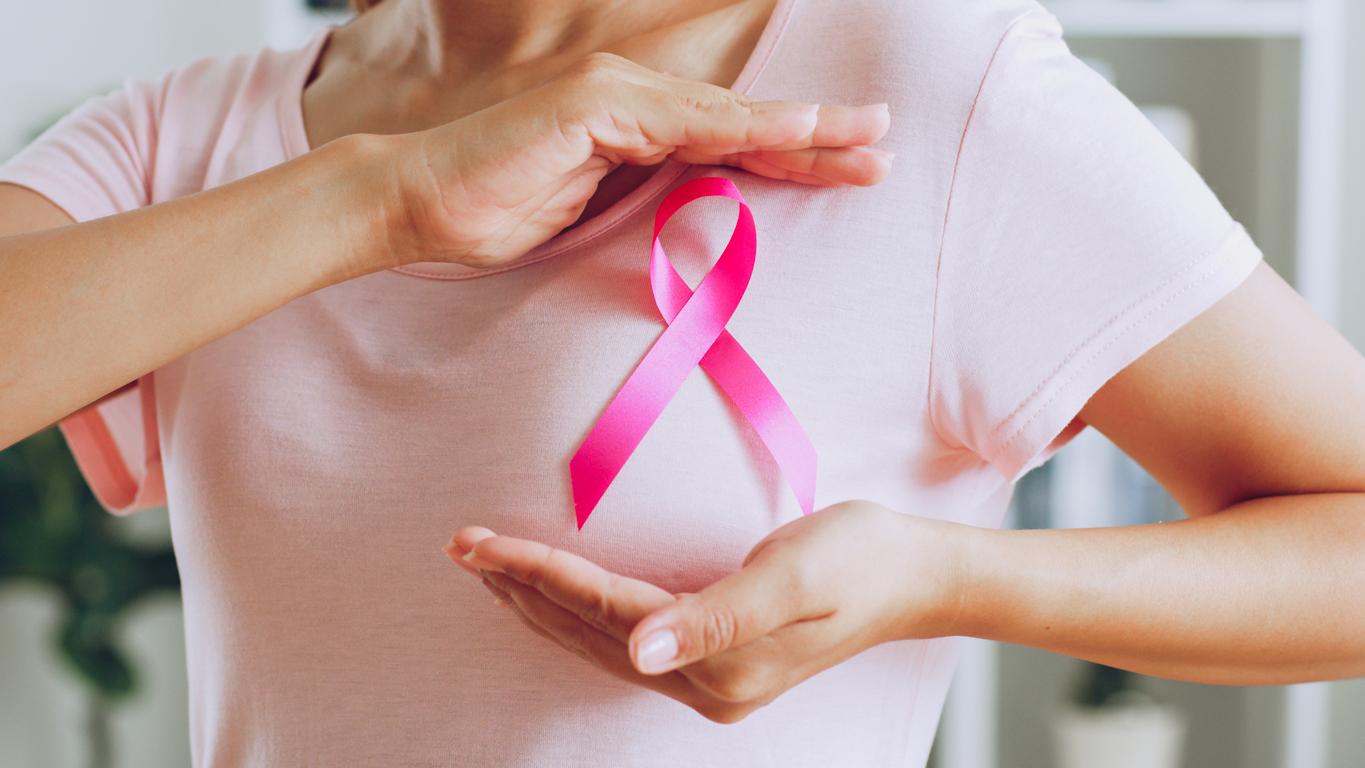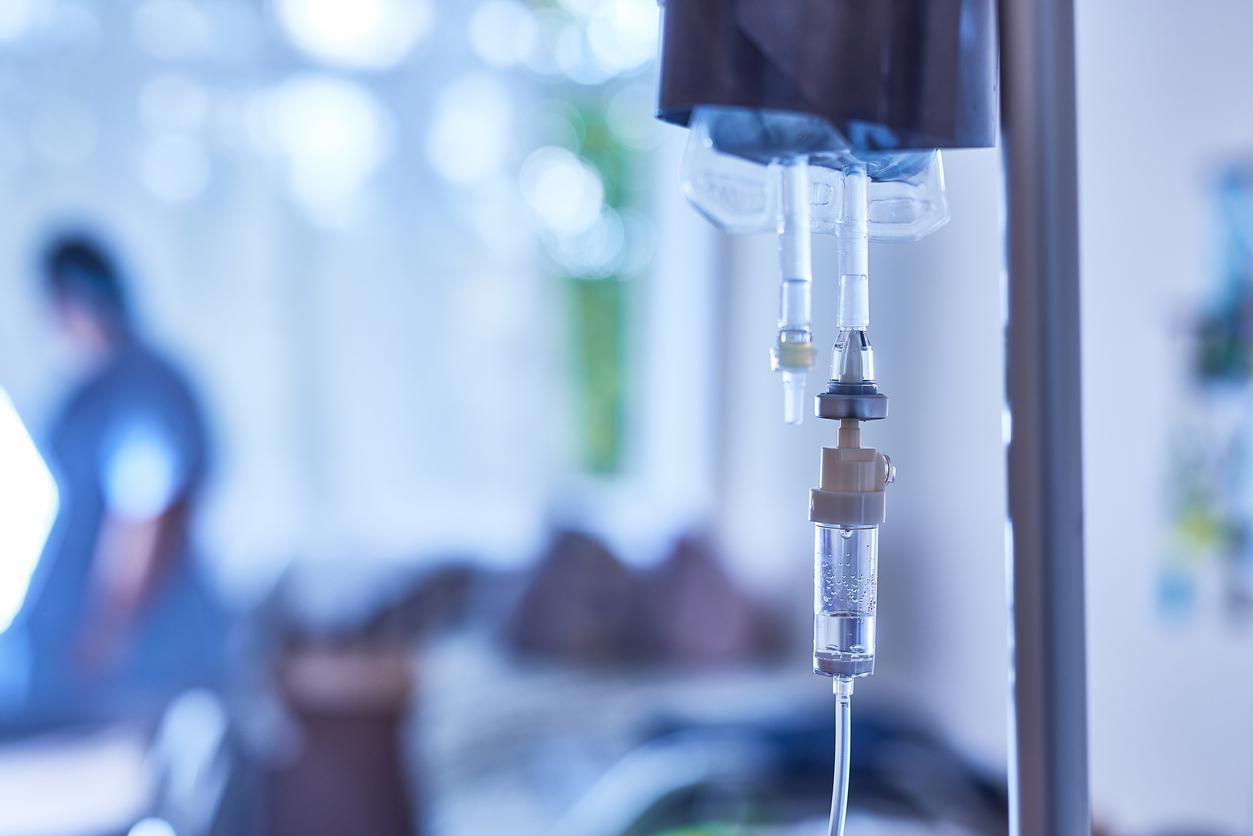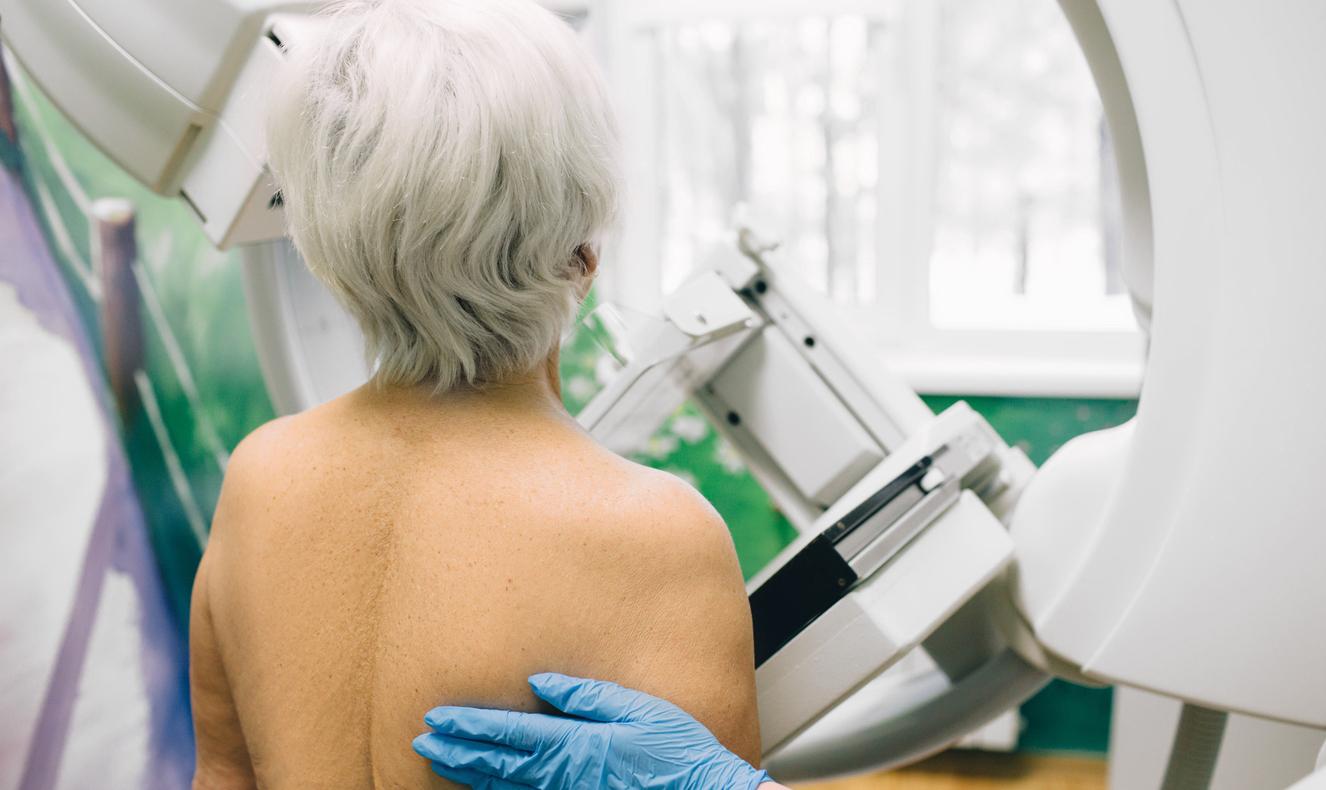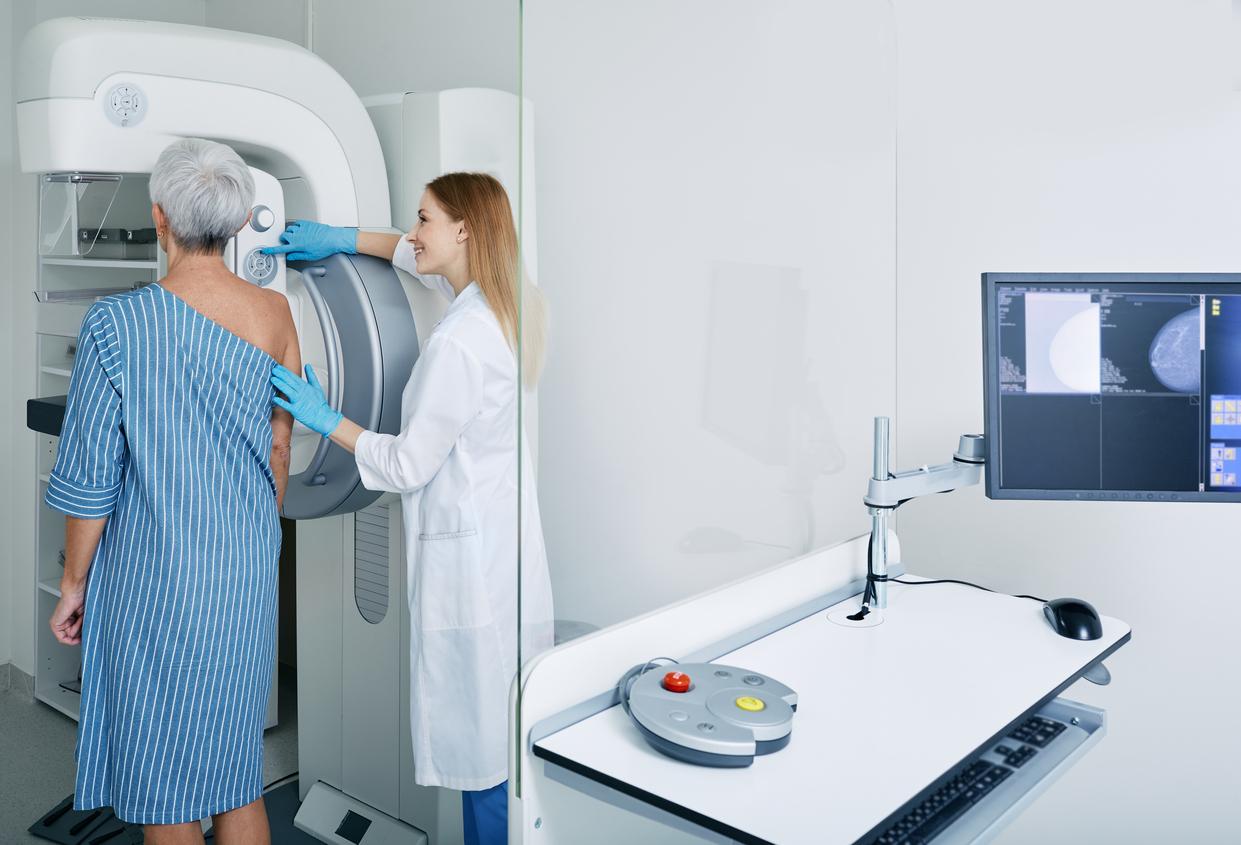In survivors of childhood cancers who have had irradiation of the chest, the use of anthracyclines multiplies by almost five the risk of subsequent breast cancer linked to radiotherapy. Monitoring needs to be adapted.

Chest irradiation in childhood cancer is associated with an increased risk of breast cancer. However, more and more studies suggest that anthracyclines increase this risk, but the consequences of the combined use of anthracyclines and radiotherapy have not been specifically studied.
In this case-control study of 271 breast cancer patients in the North America Childhood Cancer Survivor Study, the combination of anthracyclines and radiation therapy to the chest in childhood is associated to an increased risk of breast cancer and is greater than the sum of their effects, which corresponds to an additive interaction. The results are published in JAMA Pediatrics.
A follow-up over 30 years
In a hospital-based case-control study in North America, a team of researchers analyzed a retrospective cohort of 14,358 childhood cancer survivors who had been diagnosed between 1970 and 1986 and had undergone monitored until December 31, 2016.
A total of 271 women were affected by breast cancer with a frequency that increases with the increase in radiation doses received by the breast. There is an additive interaction between radiotherapy and anthracycline treatment.
A necessary adaptation of monitoring
This study provides the first evidence to date of the consequences on the risk of breast cancer of an association of anthracyclines with radiotherapy. This combination may increase breast cancer risks compared to using neither treatment, with an equivalent radiation dose for ER+ and ER- cancers and possibly higher anthracycline-related risks for ER+ cancers.
These results should make it possible to better adapt the recommendations for surveillance of childhood cancer survivors.

.









